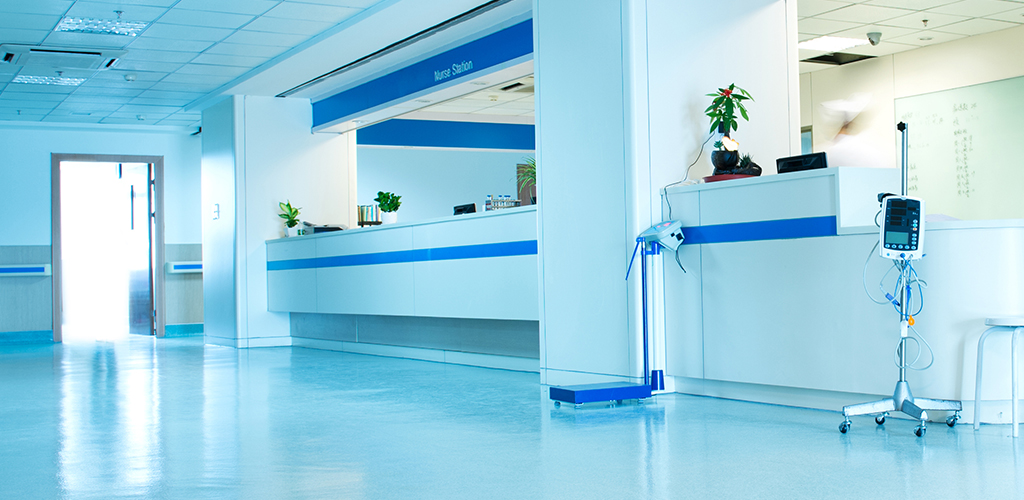Clean Spaces, Healthy Places: Why Clinic Cleanliness Matters
The Importance of Cleanliness in Healthcare
Every day, healthcare facilities play host to numerous patients. At the heart of these facilities lies cleanliness. But why does this matter? Not only does it contribute to a patient’s positive experience, but it also drastically reduces the spread of harmful pathogens. Recent studies indicate a strong correlation between facility cleanliness and patient recovery rates.
It’s evident, therefore, that a clean clinic equals a healthier place. Maintaining high hygiene standards is not just a regulatory requirement, it’s a moral responsibility. When patients walk into a health facility, they should not worry about acquiring infections. They should, instead, feel confident in the care they’re receiving.
The Role of Clinic Cleanliness in Preventing Infections
Infection control plays a vital role in any healthcare setting. Various infectious agents can reside on unclean surfaces for extended periods, waiting to be transferred to a susceptible host. A tidy and sterilized environment is, therefore, crucial to prevent their spread.
Moreover, thorough and frequent cleaning of high-contact surfaces can help contain antimicrobial resistance. This, in turn, reduces the risk of patients contracting healthcare-associated infections (HAIs). One might argue that the battle against infections starts not in the doctor’s office, but in the custodian’s closet. As such, the significance of office cleaning cambridge extends beyond the aesthetic appeal. It’s about safeguarding public health.
The Psychological Impact of Cleanliness
In a healthcare environment, cleanliness doesn’t just contribute to physical health, but psychological wellbeing too. A clean and well-maintained clinic signifies order, efficiency, and care. It projects an image of competence and attention to detail that can reassure patients and reduce their anxiety.
Studies show that a neat and well-lit environment can even improve patients’ perception of care quality. This fact underscores the power of cleanliness in shaping health outcomes. To understand more, visit this comprehensive resource on environmental psychology.
The Connection Between Cleanliness and Staff Morale
The impact of clinic cleanliness doesn’t stop at patients. It extends to healthcare staff as well. Clean, well-organized workspaces can boost morale and productivity among employees. It also ensures their safety, reducing the risk of work-related illnesses and injuries.
Just as cleanliness affects patients’ perceptions, it impacts staff perceptions too. It’s a representation of management’s regard for employee welfare and patients’ health. Therefore, a clean clinic fosters a positive working environment, which can result in better patient care.
The Future of Clinic Cleanliness
In the wake of the COVID-19 pandemic, healthcare facilities are increasingly investing in cleaning technologies. These include UV-C light disinfection, electrostatic sprayers, and antimicrobial coatings. These technologies, combined with regular cleaning, will usher in a new era of clinic cleanliness.
As our understanding of infection prevention grows, so does our commitment to maintaining clean health spaces. We must continuously adapt and innovate our cleaning protocols to safeguard our healthcare environments. For more insights into the future of clinic cleanliness, refer to this recent article on medical technology.
Conclusion
The cleanliness of healthcare facilities remains critical in the quest for a healthier society. It helps in the prevention and control of infections, contributes to patients’ psychological wellbeing, and fosters staff morale. Above all, a clean clinic is a visual testimony of a commitment to the wellbeing of every patient who walks through its doors.
It’s time for us to pay more attention to the cleanliness of our clinics and health facilities. After all, clean spaces indeed translate into healthier places. By doing so, we can make our healthcare facilities not just places for healing, but spaces of trust and safety.

